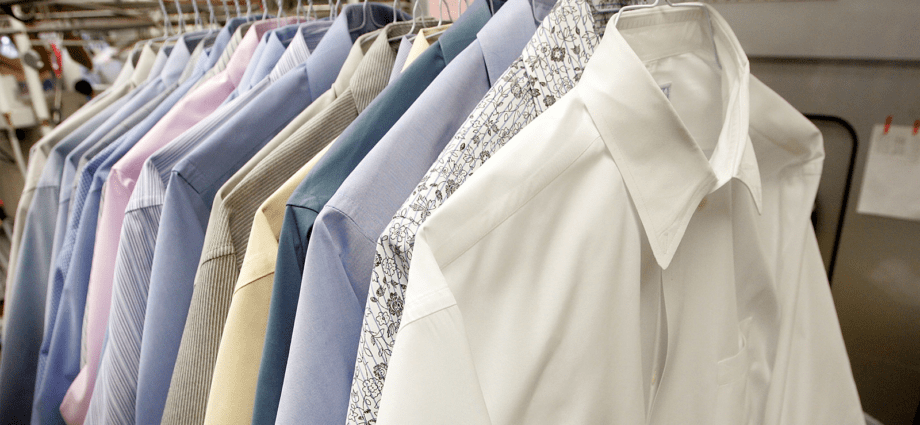Contents
How to get dry cleaners to return double the value of a damaged item
Full instruction from an expert: what to do if the professionals did not cope with the task and do not want to return the money.
Handing over her favorite Gucci dress to dry cleaning, a resident of Moscow hoped that the professionals would be able to gently remove a stain from it and she would get back the shining cleanliness thing. The girl did not dare to wash the expensive thing on her own: the dress cost 113 thousand rubles, it was scary to ruin it. But the dry-cleaner was not afraid – and ruined it.
Having come to pick up the dress, the girl simply did not recognize him. The fabric has faded, the thing has lost its shape. The only thing that remained unchanged was the stain that caused her to dry clean the dress.
“We did everything according to technology,” the dry cleaning employees told the indignant client and refused to solve the problem in the world.
The girl decided that she would not leave it like that. She ordered an examination, which proved that the dress was spoiled precisely because of unprofessional cleaning, and went to court with the documents. And the court decided: the dry cleaner must pay the client 266 thousand rubles for damages – exactly twice as much as the cost of the dress, and another 145 thousand for moral damage, plus reimburse the costs of the examination – 12 thousand rubles. Total – 423 thousand rubles. It is true that the miser pays twice.
How to repeat the feat of a girl who managed to defend her rights and money, says the lawyer.
In accordance with Art. 35 of the Law “On Protection of Consumer Rights”, dry cleaning is responsible for the safety of the item and its correct use. This means that if a coat or a sheepskin coat is damaged, you can demand compensation for the double price of the damaged clothes. And that’s not all, the cost of the service must also be returned. But there is a condition: it is necessary to prove the guilt of the performer.
Accordion pants
The client who hands over the item to dry cleaning is given a receipt. In addition to the actual and legal address of the company and data about the customer, the document indicates the name of the product, its characteristics: color, composition, completeness, accessories. Describe the existing damage and the approximate cost of the item, the degree of wear and tear.
Upon receipt of the product, the customer must inspect it. If there is no damage and the service is provided with high quality, he signs a receipt. But having noticed that the thing is damaged, the customer must draw up a bilateral act listing the defects found during the inspection. The document indicates the price of the thing and requires double compensation of its value. The statement-act also indicates that the company is obliged to return the cost of a poor-quality service. To avoid further problems, it is necessary to pick up the order only after a detailed inspection.
When handing over a thing, do not sign the receipt if it states that the contractor is not responsible for the quality of services if the product shows hidden defects.
Controversial case
But not always dry cleaning employees agree to take the blame for damage to the client’s property. In this case, commodity expertise helps. If the specialists confirm that the defects appeared as a result of poorly performed work, the company will compensate for the damage, as well as research costs. Therefore, after ordering it, keep the receipt for payment. Having seen the merchandise conclusion, the head of the enterprise, most likely, admits guilt and agrees to compensate for the damage. If this does not happen, you will have to go to court.
Hidden defect
You will have to apply for an examination if the flaws are found not in dry cleaning, but at home. You signed a receipt that you have no claims against the contractor. In this case, compensation can be obtained, but only if the study confirms the presence of hidden defects that could not be noticed during acceptance (for example, the dress shrank). The term for filing a complaint in this case is 2 years (Article 19 of the Consumer Protection Law).
However, the situation may turn differently if the examination proves that latent defects appeared due to the fault of the manufacturer. For example, a cashmere coat has worn down, but not because it was treated with a poor-quality product, but due to the fact that the material turned out to be different, and the label was fake. This means that it was necessary to clean the thing differently. And here you have to go to the clothing seller for compensation. He also needs to make a claim by attaching a research report to it.
Irina Lomanova, Natalia Evgenieva










